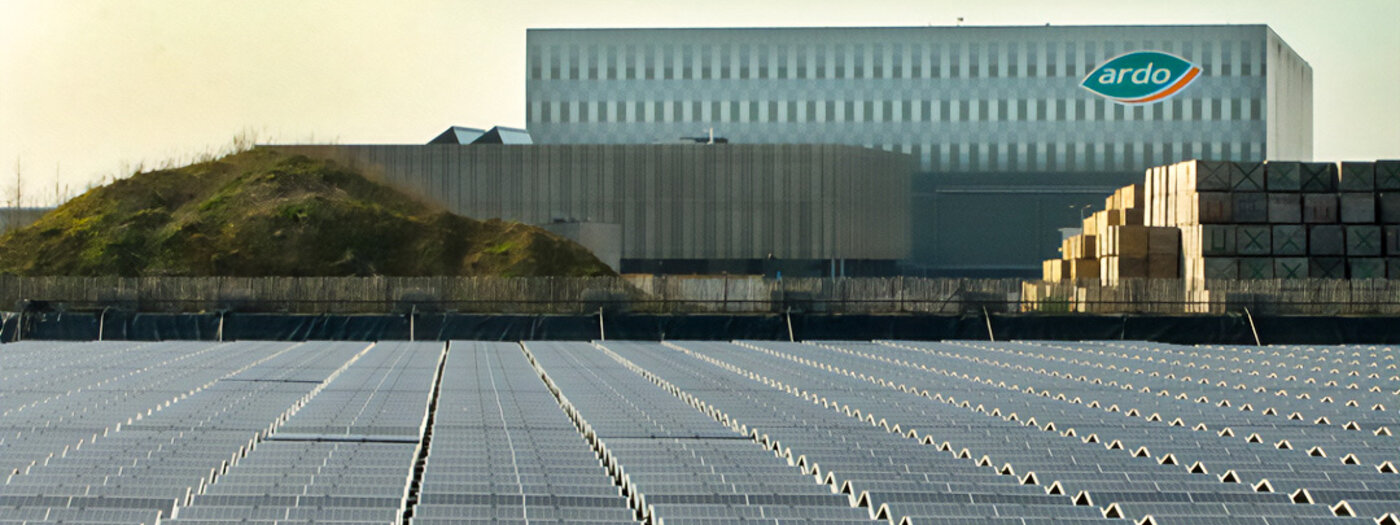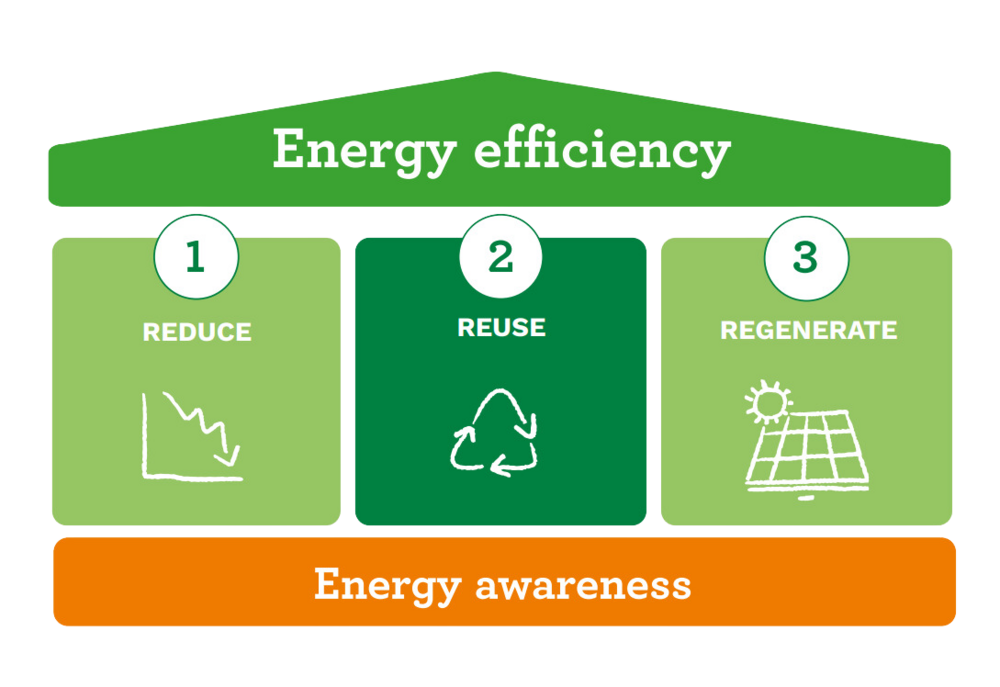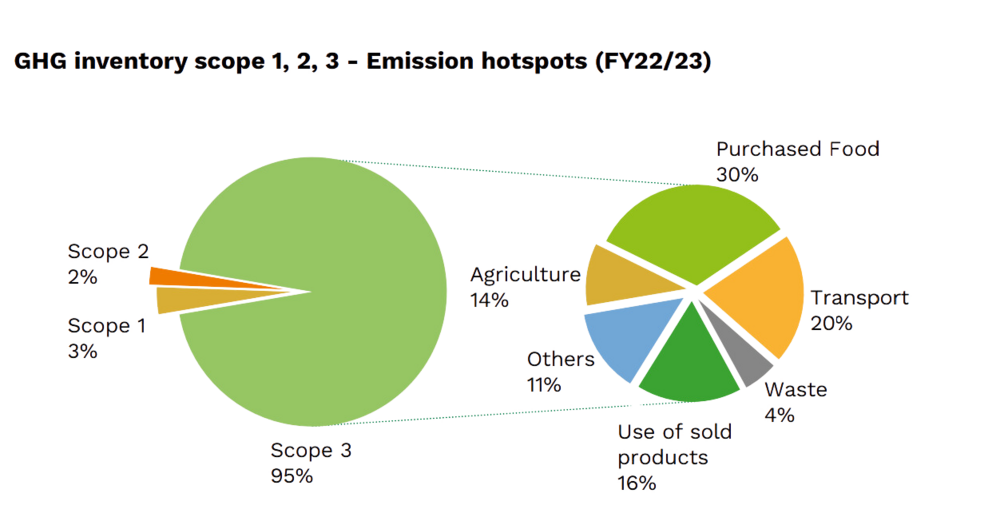
Minimise environmental impact
One way we strive to minimise our environmental impact, is by reducing our carbon footprint. Our specific target is to achieve a 40% reduction in carbon emissions (T CO2eq / T prod) in our own operations by 2030. To realise this goal, we have committed to a series of energy efficiency measures based on three key principles: reduce, reuse and regenerate. We believe that implementing various actions and programmes across our operations will enable us to accomplish even more ambitious sustainability goals, aligned with our SBTi commitment.

The Science-Based Targets Initiative (SBTi) is a non-profit and multi-stakeholder climate initiative, led by CDP, the UN Global Compact, the World Resources Institute and the World Wildlife Fund. It provides a comprehensive methodology for companies to establish carbon reduction targets aligned with the scientific imperatives outlined in the Paris Agreement.
To reduce our greenhouse gas (GHG) emissions, we first need to understand the full scope of our carbon footprint impact. This is why we have been calculating the carbon footprint (scope 1 and 2) of our European production entities since 2019.
In 2023, we have expanded our carbon footprint assessment to include scope 3, alongside scopes 1 and 2. This evaluation now involves all sales entities, extending to our operations in North America.
The results for FY22/23 reveal that 95% of our GHG emissions fall under scope 3, Ardo's value chain emissions.

Looking at Ardo's scope 3 emissions, the most significant impact arises from the categories purchased food, transport, use of sold products, agriculture and waste.
Following our SBTi commitment in December 2023, we will develop emission reduction targets in line with SBTi ambitions for our scope 1 and 2 emissions, as well as for our scope 3 FLAG and non-FLAG emissions. This way, we aim to contribute to limiting global warming to 1.5°C, in accordance with the Paris Agreement.
